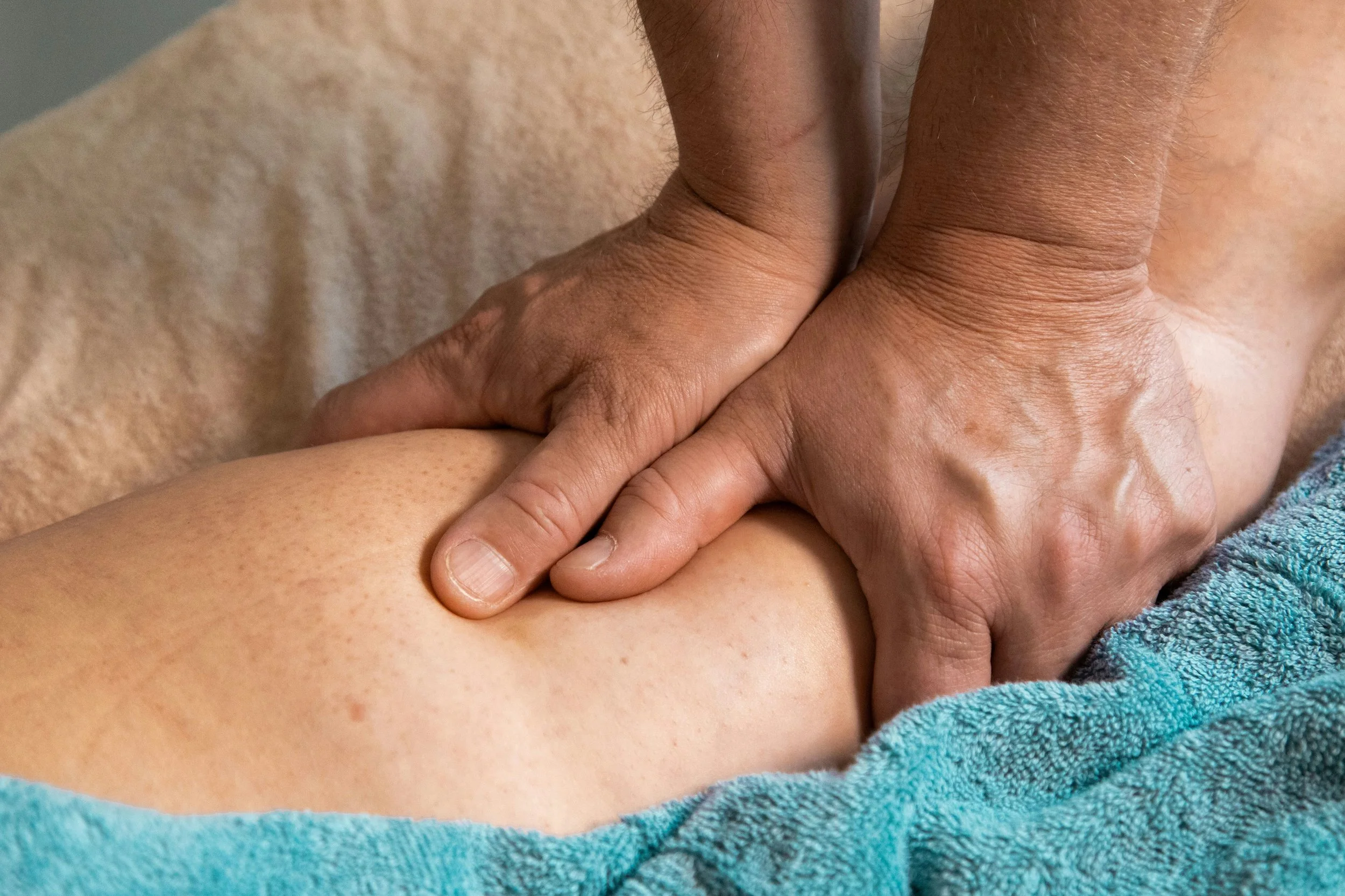Massage
There are many different kinds of massage and it can be hard to know which is the ‘right one’ to choose. I think the most important thing is that you can talk with your therapist before and during the session to find the pressure and approach that you need.
Often there is a focus on the ‘strength’ of the massage therapist in giving deep pressure but much of it comes down to correct technique and responding to the body. Instead of trying to knock the door down, we want to find the right keys that unlock it.
What does massage do?
Massage can bring vitality by relieving stress, tension and stiffness. Allowing the body to relax and release has wonderful health benefits. When things flow our circulation improves, the fascia network unwinds and lymph channels get things moving. If the holistic system of our bodies are running smoothly we feel good. Ideally people get off the massage table feeling refreshed, relaxed and renewed.
Please look at what to expect to find out more about what a session involves.
Techniques
Each session is tailored to individual needs but I mainly work from three foundations.
Swedish Massage is traditional Western massage which is characterised by long strokes and kneading to give a flowing experience of relaxation. There is a broad range of techniques and pressure - a bit like a musical instrument which plays across a range of key and scales. Pressure can be firm when required but it is the sense of rhythm that I find characterises Swedish Massage.
Deep Tissue Massage is more targeted, working to specifically address key areas of stiffness, pain and issues. The pressure can be deeper and more intense when required, using fingers, thumbs and forearms to target certain areas of soft tissue. It can also involve mobilising the joint gently to improve flexibility and range of movement.
Sports & Remedial works on injuries and areas where range of movement is limited or compromised. This will involve muscle and mobility tests to identify which soft tissues to focus on. Again, the pressure for this can be deeper when required, as well as gentle joint mobilisations to help improve flexibility and motion.
What can it help with
Alongside the general wellbeing benefits of receiving massage, there are specific conditions it can address:
sore, stiff muscles from posture, exercise or repeated actions
tension in neck, shoulders and back
joint pain and mobility
stress, anxiety and sleep issues
swelling in feet and lower legs
circulation issues
If you are looking for help with specific injuries to ligaments, tendons or bones you might be better seeing a physiotherapist, chiropractor or osteopath. Please contact me if you want to talk this through.


